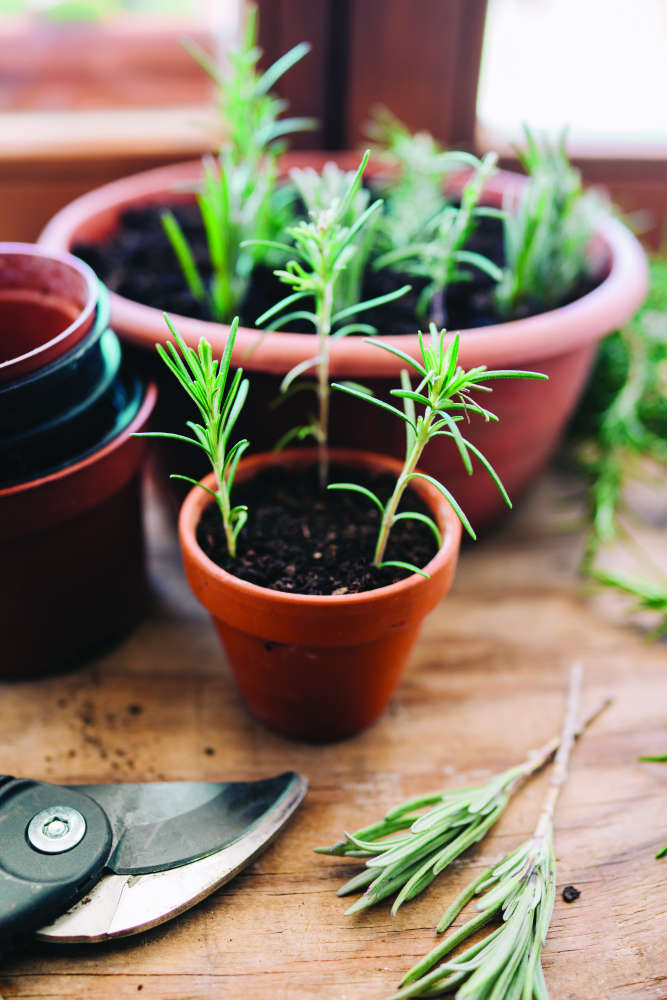
There are many ways to take plant cuttings. Flo Whitaker highlights a few money-saving techniques to make new plants for free.
Many deciduous shrubs, (including fruit bushes) can be propagated by hardwood cuttings during autumn/winter. I call them Goldilox cuttings, as the material needs to be “just right” - sappy young growth won’t work, neither will ancient, gnarly stuff. Firm, year-old stems (about pencil-thickness) is what’s required. Cuttings should be 15-20cms long – tall stems may provide enough material for several cuttings. Make a straight cut immediately below a leaf bud, (this will be the bottom end of the cutting), then trim to length, making an angled cut at the top. Angled cuts shed rainwater, which helps avoids rotting. Also, with leafless stems, it’s easy to accidentally plant cuttings upside-down. Angles clearly indicate 'This way up!'
Insert cuttings two-thirds deep into pots of proprietary cutting compost and overwinter in a cold frame. Alternatively, if you have a sheltered area where they can remain undisturbed, (a corner of the vegetable patch, perhaps?) make a narrow trench, add horticultural grit to ensure good drainage, place the cuttings 10cms apart and backfill. Hardwood cuttings are reliable, but slow. It’ll probably take a year before they’re ready to be moved on, so check them periodically and don’t forget to water throughout the summer.
During spring/summer, numerous border plants can be propagated using 'softwood' cuttings, (this season’s new growth). Candidates include penstemons, salvias and roses, along with greenhouse pelargoniums and fuchsias. Follow the same procedure for hardwood cuttings, ensuring all leaves below soil level are removed, insert into pots and place in a brightly lit spot, away from direct sunshine. They’ll root quickly; typically within 4-6 weeks.
For plants that produce clumps of matted, fibrous roots, such as hardy verbenas, passion flowers, oriental anemones and phlox, root cuttings are ideal. These are best taken in winter, (avoid frosty weather) as the dormant parent plant will be less troubled by disturbance. Excavate one third of the plant and select the most vigorous-looking material. Wash off the soil, then slice individual roots into sections, about 5cms long. They will be too fragile for inserting vertically into soil, so fill a seed tray with cutting compost and lay them across the surface, adding a scattering of grit to hold them in place.
Oriental poppies, delphiniums and lupins can also be increased by root cuttings. This is best done in spring, as they produce fleshy roots that easily succumb to winter rot. As before, lift a section of the parent plant and, using a sharp knife, select vigorous material, ensuring your cuttings, (approximately 10cms long) have roots and leaf shoots. Insert cuttings vertically into a pot, with the shoot tips just showing above the soil. When rooted, pot them on for the summer and plant into their final positions in autumn.

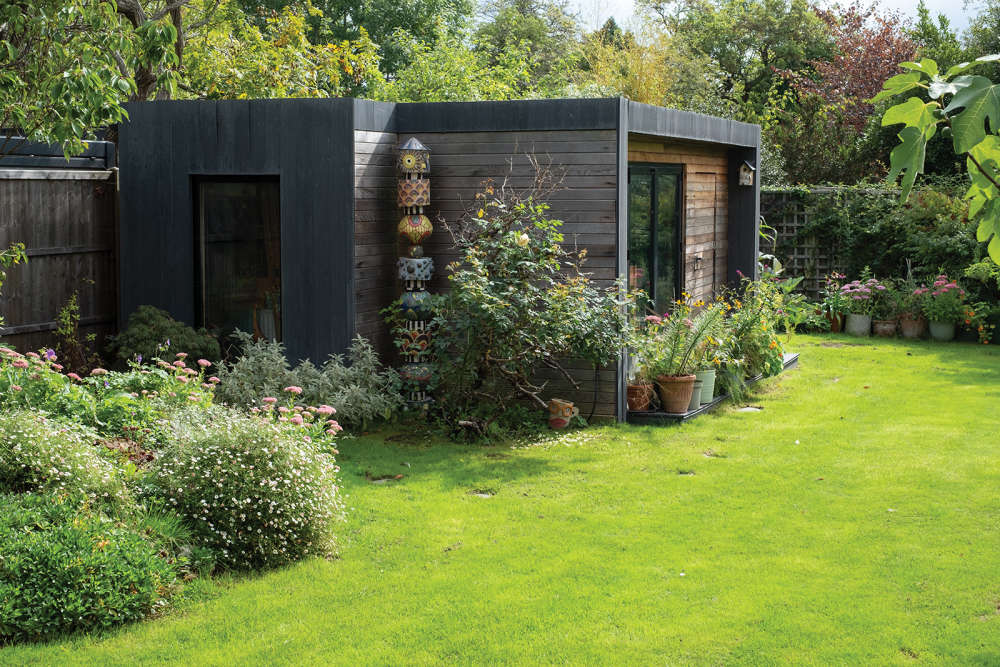 Homes Extra: Shed Space
Homes Extra: Shed Space
 Gardening: Choose a Clematis for Every Month of the Year
Gardening: Choose a Clematis for Every Month of the Year
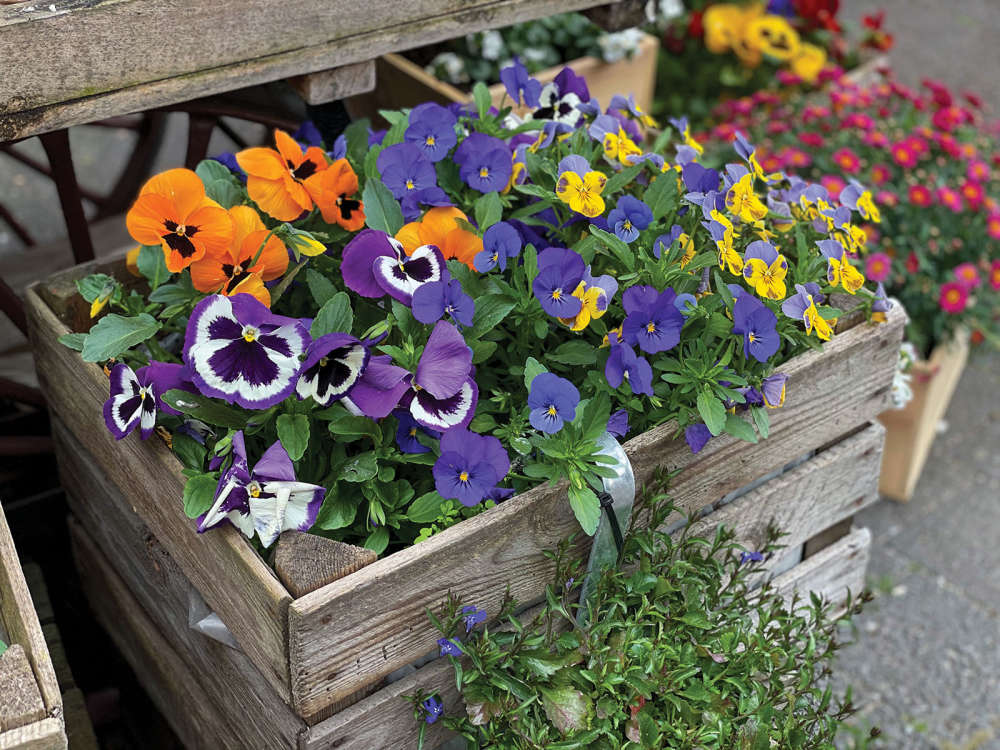 Blooming Times: Top of the Pots
Blooming Times: Top of the Pots
 Kids Zone: Get the Kids Growing
Kids Zone: Get the Kids Growing
 Blooming Times: Wisteria Hysteria
Blooming Times: Wisteria Hysteria
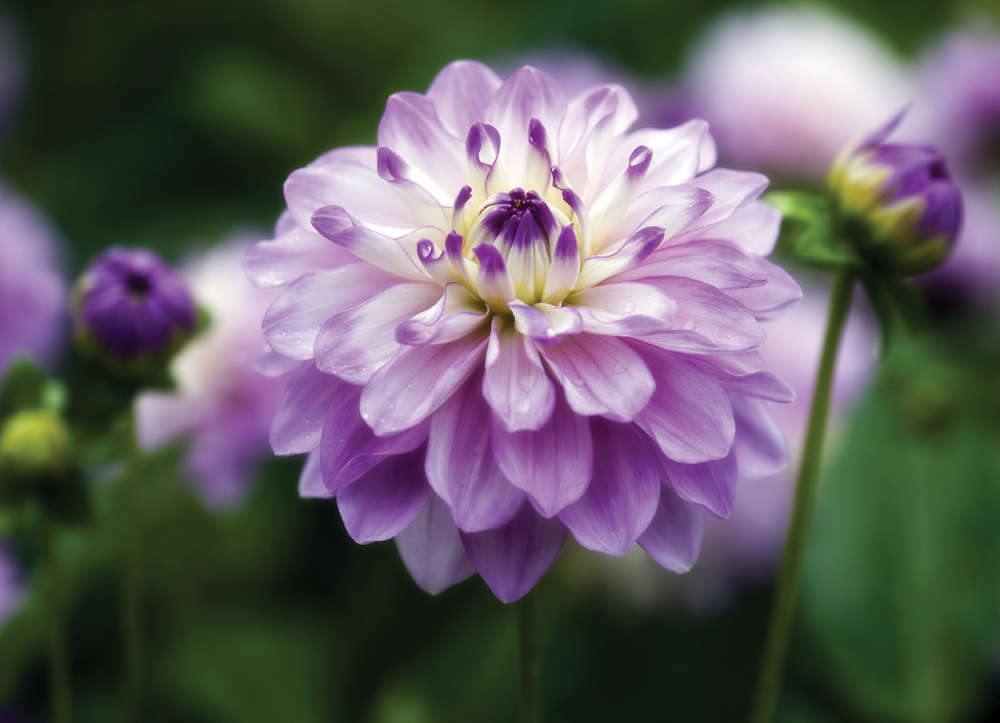 Blooming Times: Dahlia Mania
Blooming Times: Dahlia Mania
 How to Create 3D Walls in Your Home
How to Create 3D Walls in Your Home
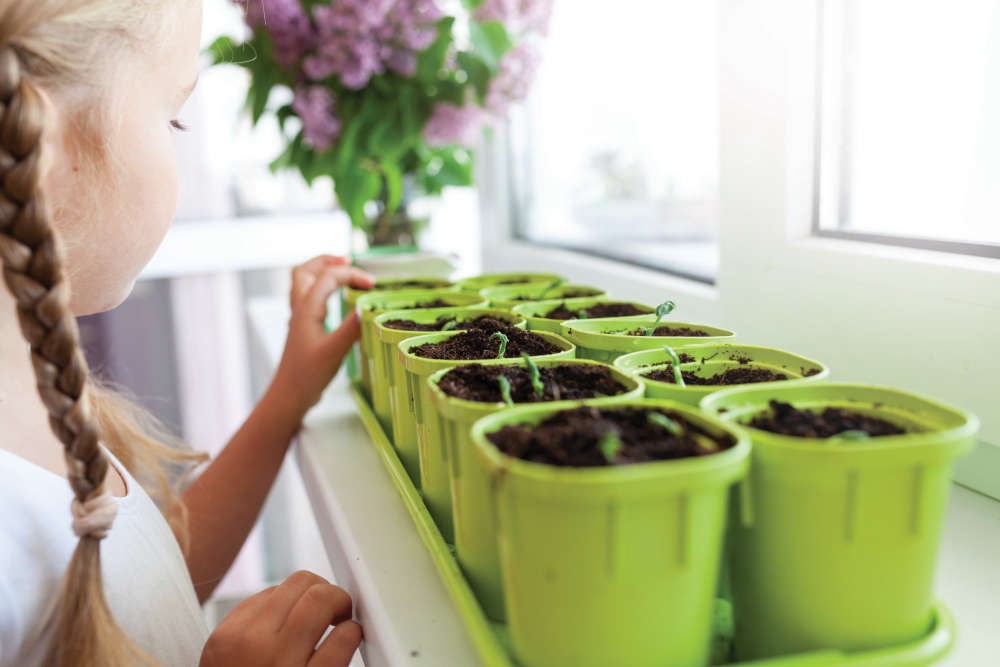 Blooming Times: Spring Fever
Blooming Times: Spring Fever
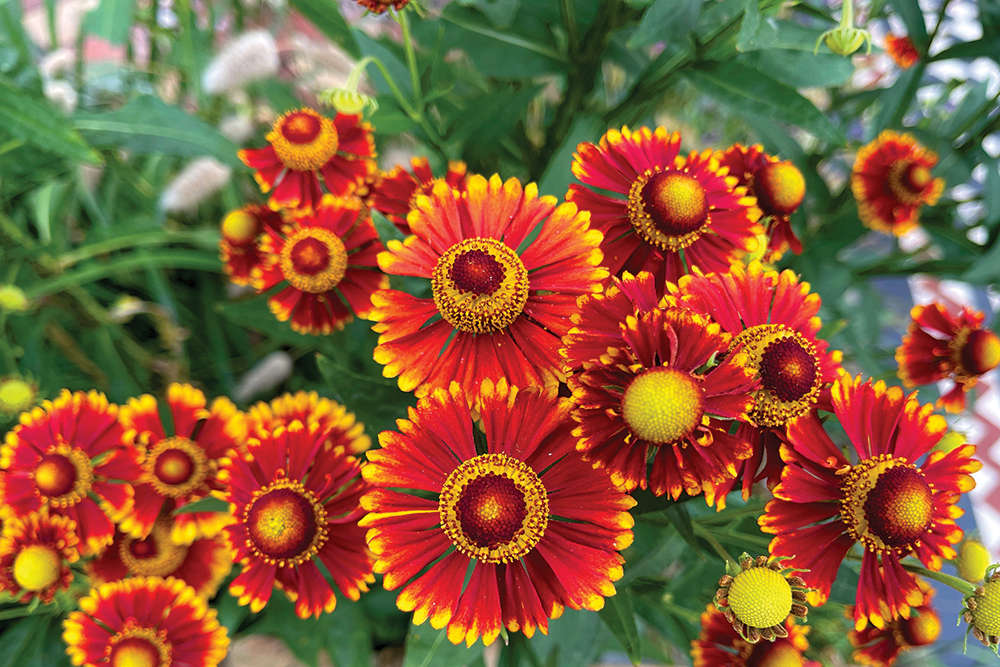 Blooming Times: What's in a Name?
Blooming Times: What's in a Name?
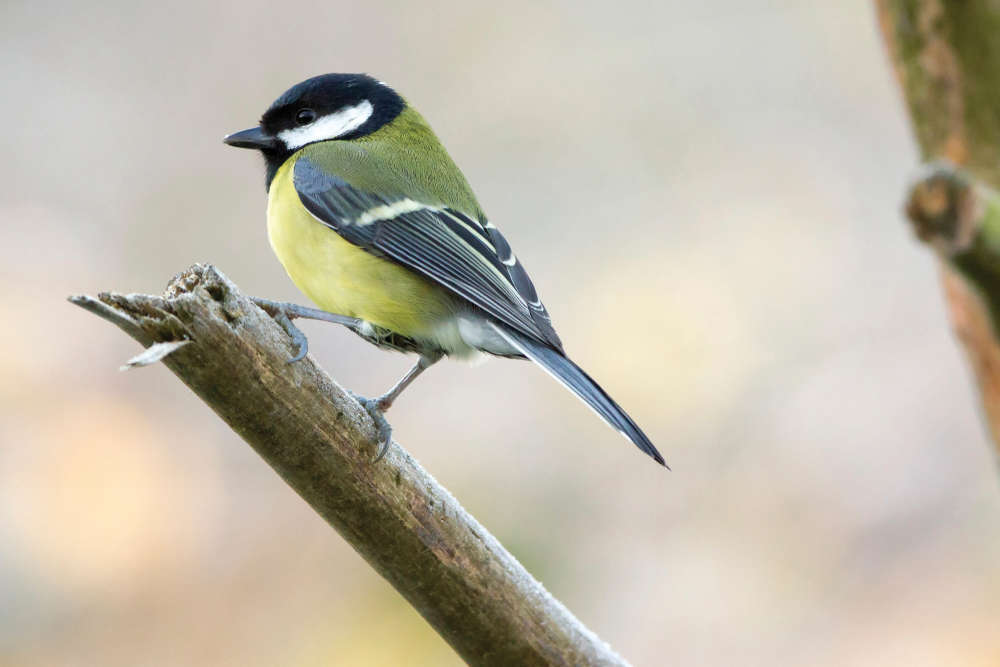 Top 10 Garden Birds to Spot on the Isle of Wight
Top 10 Garden Birds to Spot on the Isle of Wight
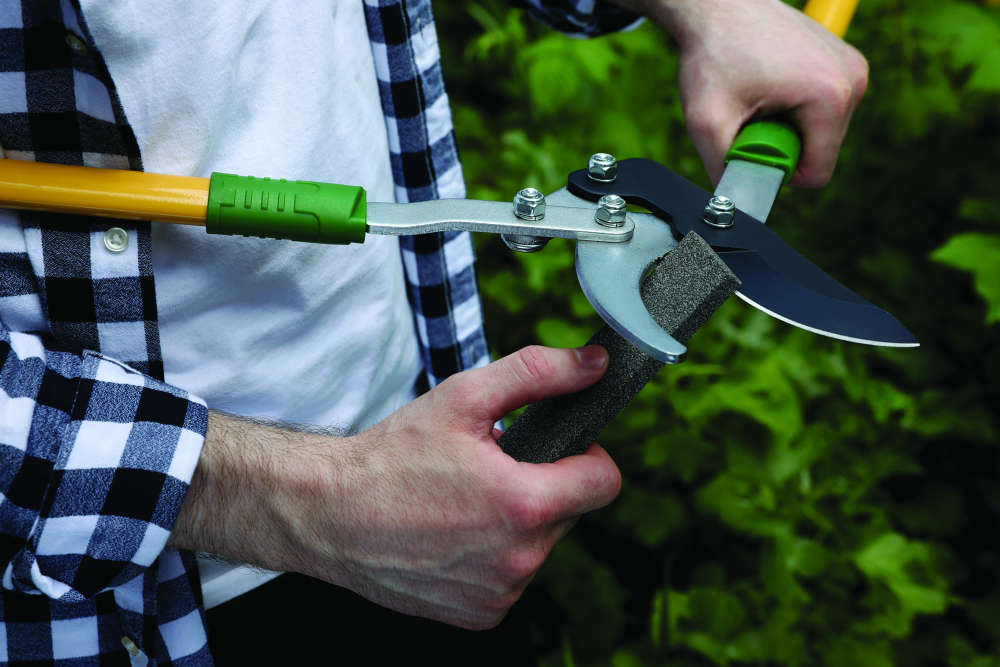 The Best Christmas Gifts for Gardeners
The Best Christmas Gifts for Gardeners
 Gardening: The Benefits of Hedges
Gardening: The Benefits of Hedges
 How to Create a Happy Home Workspace
How to Create a Happy Home Workspace
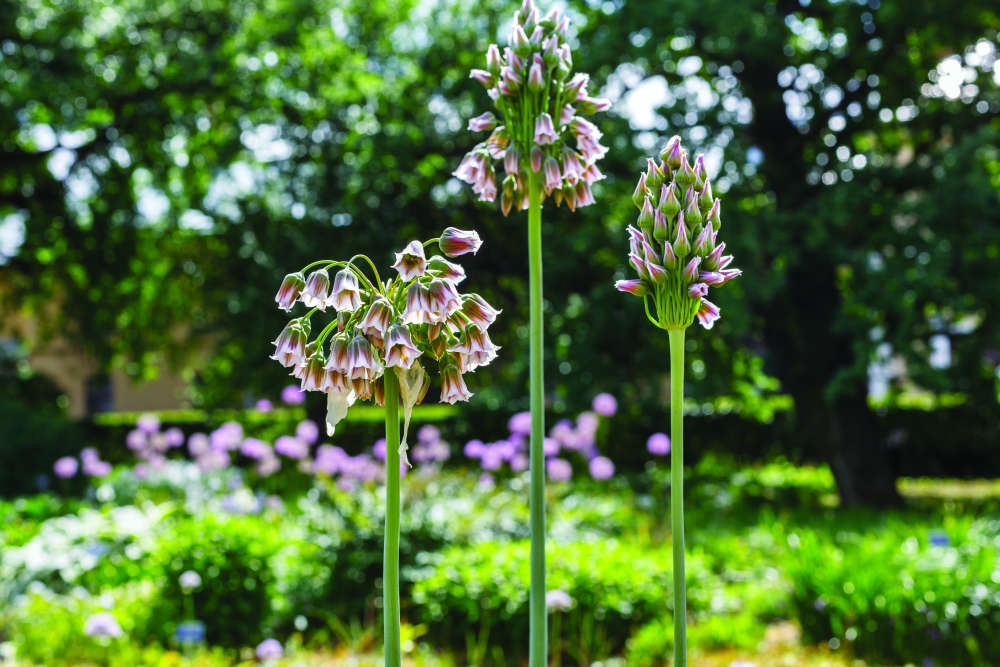 Now's the Time to Plant Alliums for a Spectacular Display Next Year
Now's the Time to Plant Alliums for a Spectacular Display Next Year
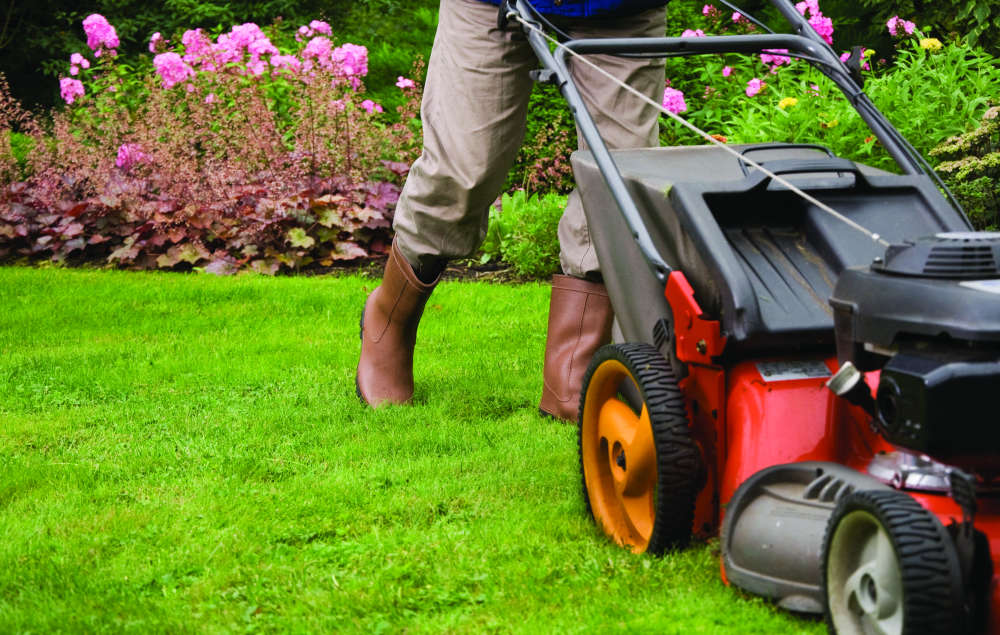 Gardening Facts or Fictions?!
Gardening Facts or Fictions?!
 Fill The Gaps in Your Garden With Stunning Shrubs
Fill The Gaps in Your Garden With Stunning Shrubs
 Summer in the Garden: The Alan Titchmarsh Column
Summer in the Garden: The Alan Titchmarsh Column
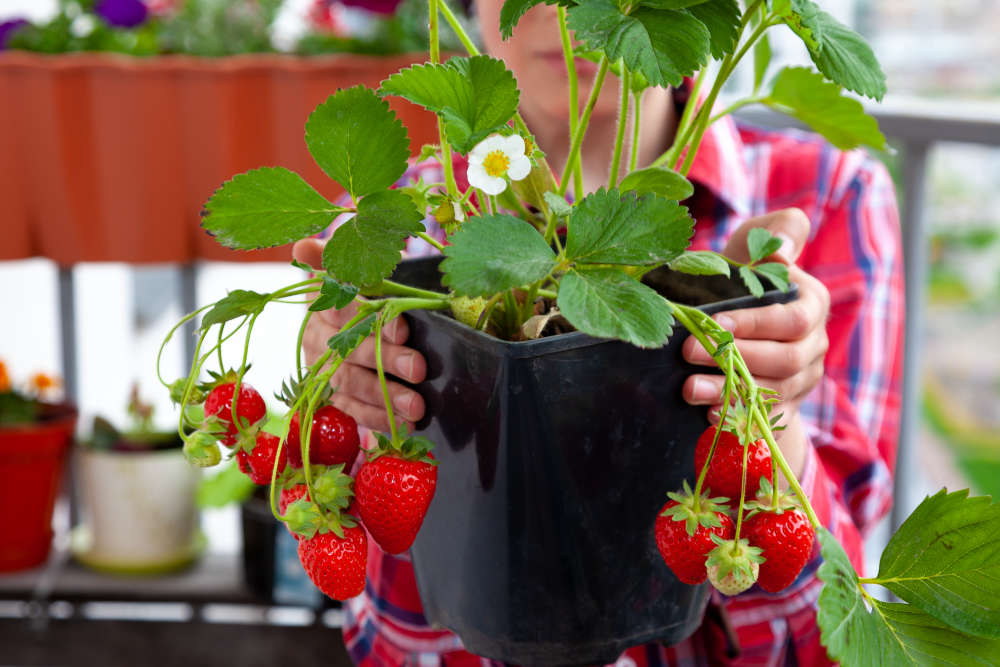 Grow Your Own Strawberries
Grow Your Own Strawberries
 How to Make a Garden Sofa Out of Pallets
How to Make a Garden Sofa Out of Pallets
 How to Create a Festive Garden
How to Create a Festive Garden